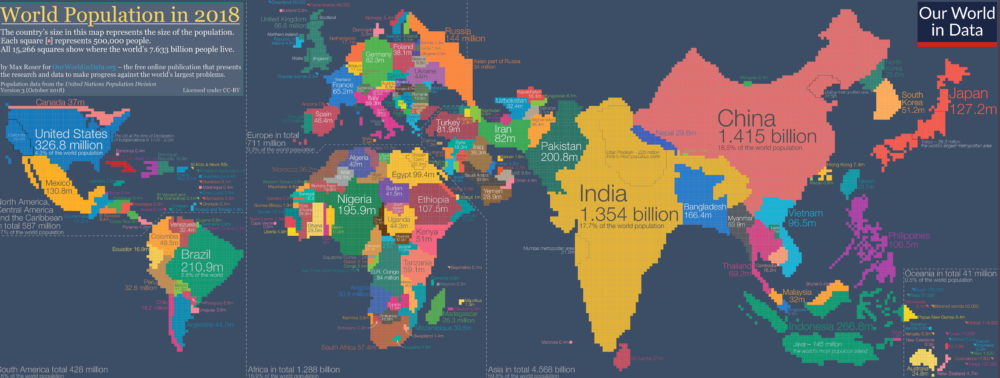Lecture Posts will be uploaded by Thursday mornings.
They are organized by Weeks, as described on our course calendar in our Syllabus.
In the comments section to each weekly post, you should answer the questions on the Lecture Posts (at least 100 words) by Sunday. Remember to write your answers on a separate document and to save it before posting. This way, in case there are any issues with the website you will not lose your work.




From my PowerPoint presentation, what isn’t clear?
1). The presentation You were able to have available to us was very informative and clear. Poverty and inequality are not equal. Poverty Is deprivation of basic needs for survival and basic human development. Inequality can be simplified into an imbalance among the people In my words. Some imbalances include a lack of familial presence, lack of assets and lack of schooling.The voice-over with the graphs were a little bit difficult to follow secondary to being unable to rewind on the slides but overall I was able to follow just had to redirect a few times. I find the data very interesting; my question is where can one find new studies being performed secondary to the information being outdated quarterly if not at least annually, And is there an oversight group to verify all of this compiled data so that charts are skewed and either favor?
2). Given the Information in the first video, what are the main aspects of the US Pen Parade in 2012?
The main aspects of the 2012 Penn Parade (metaphor for inequality)is a graph representing 1 person’s height to represent income of a family of 4 (on average). Some of the main take away points from the video included that we are running a high poverty economy. The chart shows that the US has different classes below the poverty line; including extreme poverty, deep property and then the poverty line with an average annual salary of 23,500 dollars. The graph also shows that even after we reach middle-class the heights do not increase until at least mid point; the wealth distribution is right skewed meaning more money is on the top. The top 10% control half of America’s income.
3) .After Watching the video on the elephant Curve and reading Milanovic’s Magazine article published this week, answer what are the largest changes in World Income growth given the new elephant curve?
Some of the previously impoverished people have now been able to grasp a new platform to earn income globally. With the rise of Amazon sales and mass demand for manufacturing, some countries have excelled that were in extreme poverty in the recent past; Super wealthy and extremely rich are also among the biggest winners. 1988-2008 was the trans-formative years of the information revolution, and the Chart of the elephant represents this data of the 20 year period. Dramatic growth shown in the graph in the area on the back and head of the elephant. This shows the companies that were incorporated in the global supply chain countries including Mexico, Brazil,India and China; which is a large change these countries were considered Third World in the past and now no longer as a whole. This rise out of poverty changed the life of 1.1 billion people.